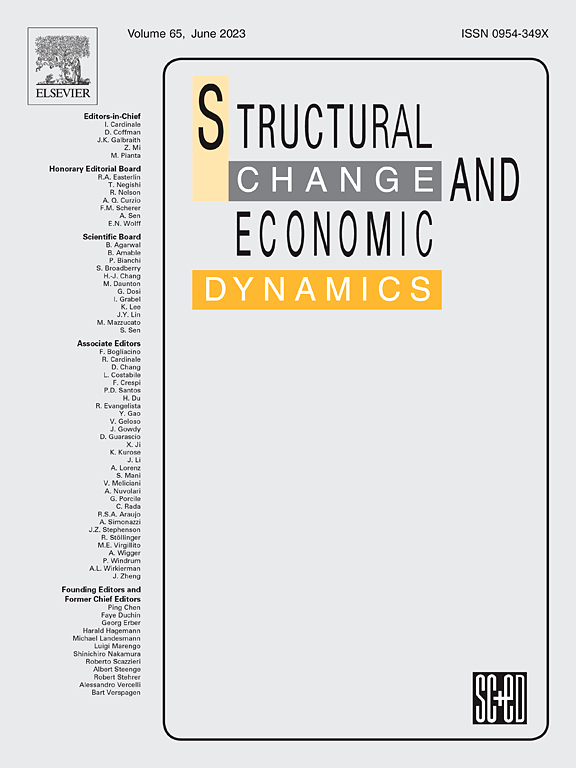Visible prices and their influence on inflation expectations of Russian households
IF 5
2区 经济学
Q1 ECONOMICS
引用次数: 0
Abstract
Currently, the Russian economy is undergoing a structural transformation followed by rising inflation and inflation expectations. In these circumstances, the mechanisms of inflation expectations formation is of utmost relevance. A multitude of recent research shows that the inflation expectations of households are far from rational. In making inflation forecasts, people tend to focus on the prices of particular goods and services, which they can observe every day – ‘visible prices’. In this paper, we propose a new method for the identification of such items. Our novel ‘brute force’ algorithm automatically sorts through the full array of prices of goods and services given by Rosstat and constructs consumer baskets. It then selects the best baskets based on their ability to forecast the inflation expectations of Russian households from the FOM Survey. In the end, we get a decomposition of various metrics of inflation expectations for visible prices which also demonstrates good forecasting performance (as compared to the AR(1) process as a benchmark). To ensure robustness, we use an alternative method (optimisation with regularisation) and a variety of metrics of inflation expectations. As a result, we get lists of ‘robust visible items’ which include not only foodstuffs but mainly durable goods and services. Surprisingly enough, gasoline, which is typically labelled ‘a visible good’ in research, does not fall into this category for Russia.
可见价格及其对俄罗斯家庭通胀预期的影响
当前,俄罗斯经济正在经历结构性转型,随之而来的是通胀和通胀预期的上升。在这种情况下,通胀预期形成的机制至关重要。最近的大量研究表明,家庭的通胀预期远非理性。在进行通货膨胀预测时,人们倾向于关注他们每天都能观察到的特定商品和服务的价格——“可见价格”。在本文中,我们提出了一种新的方法来识别这些项目。我们新颖的“蛮力”算法自动对俄罗斯统计局给出的商品和服务的全部价格进行分类,并构建消费者篮子。然后,它根据他们预测FOM调查中俄罗斯家庭通胀预期的能力,选出最佳篮子。最后,我们对可见价格的各种通胀预期指标进行了分解,这也证明了良好的预测性能(与作为基准的AR(1)过程相比)。为了确保稳健性,我们使用了另一种方法(正则化优化)和各种通胀预期指标。因此,我们得到了“强劲有形商品”的清单,其中不仅包括食品,还主要包括耐用品和服务。令人惊讶的是,汽油在研究中通常被贴上“有形商品”的标签,但在俄罗斯却不属于这一类。
本文章由计算机程序翻译,如有差异,请以英文原文为准。
求助全文
约1分钟内获得全文
求助全文
来源期刊

Structural Change and Economic Dynamics
ECONOMICS-
CiteScore
9.60
自引率
4.90%
发文量
159
期刊介绍:
Structural Change and Economic Dynamics publishes articles about theoretical, applied and methodological aspects of structural change in economic systems. The journal publishes work analysing dynamics and structural breaks in economic, technological, behavioural and institutional patterns.
 求助内容:
求助内容: 应助结果提醒方式:
应助结果提醒方式:


